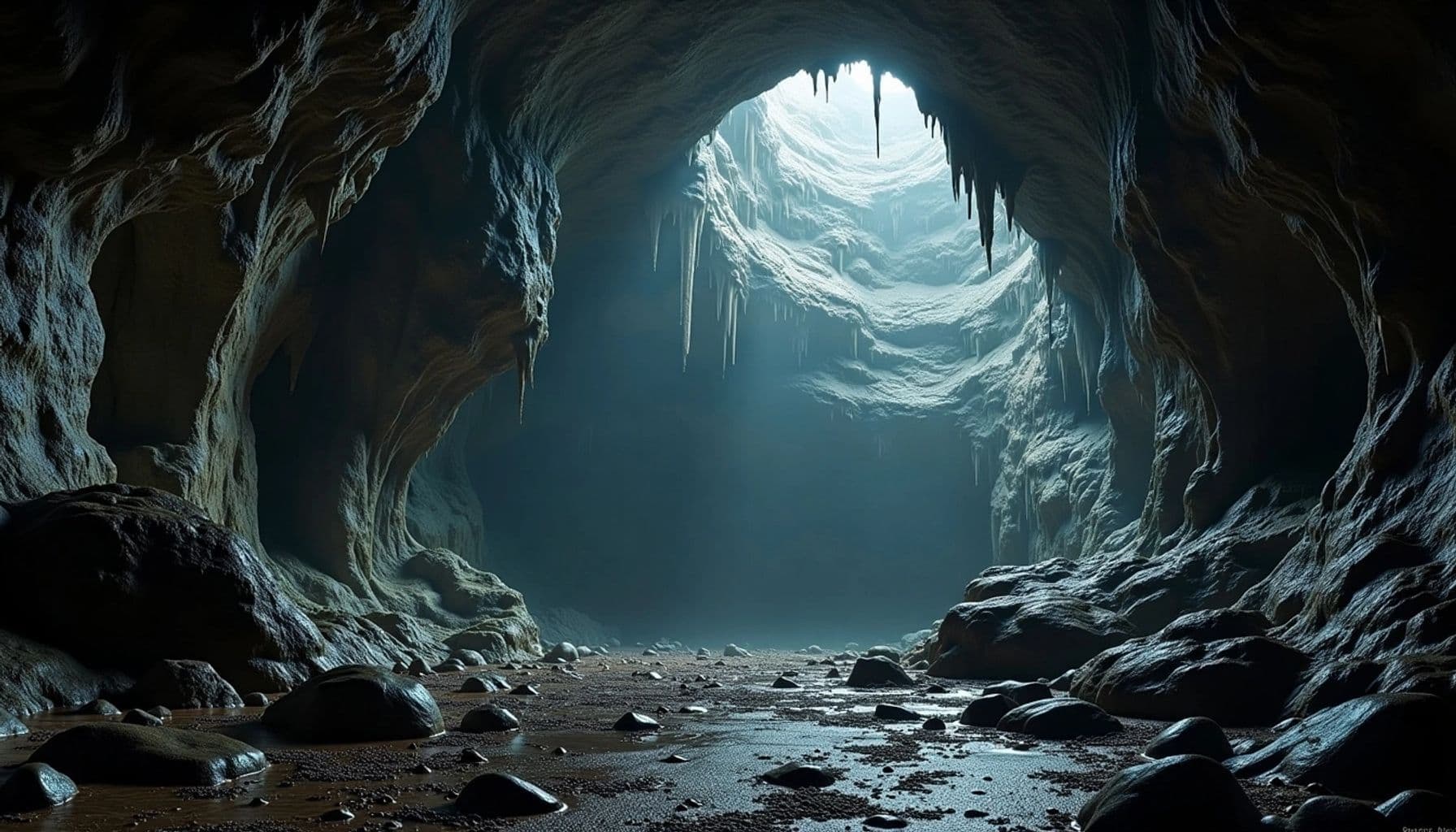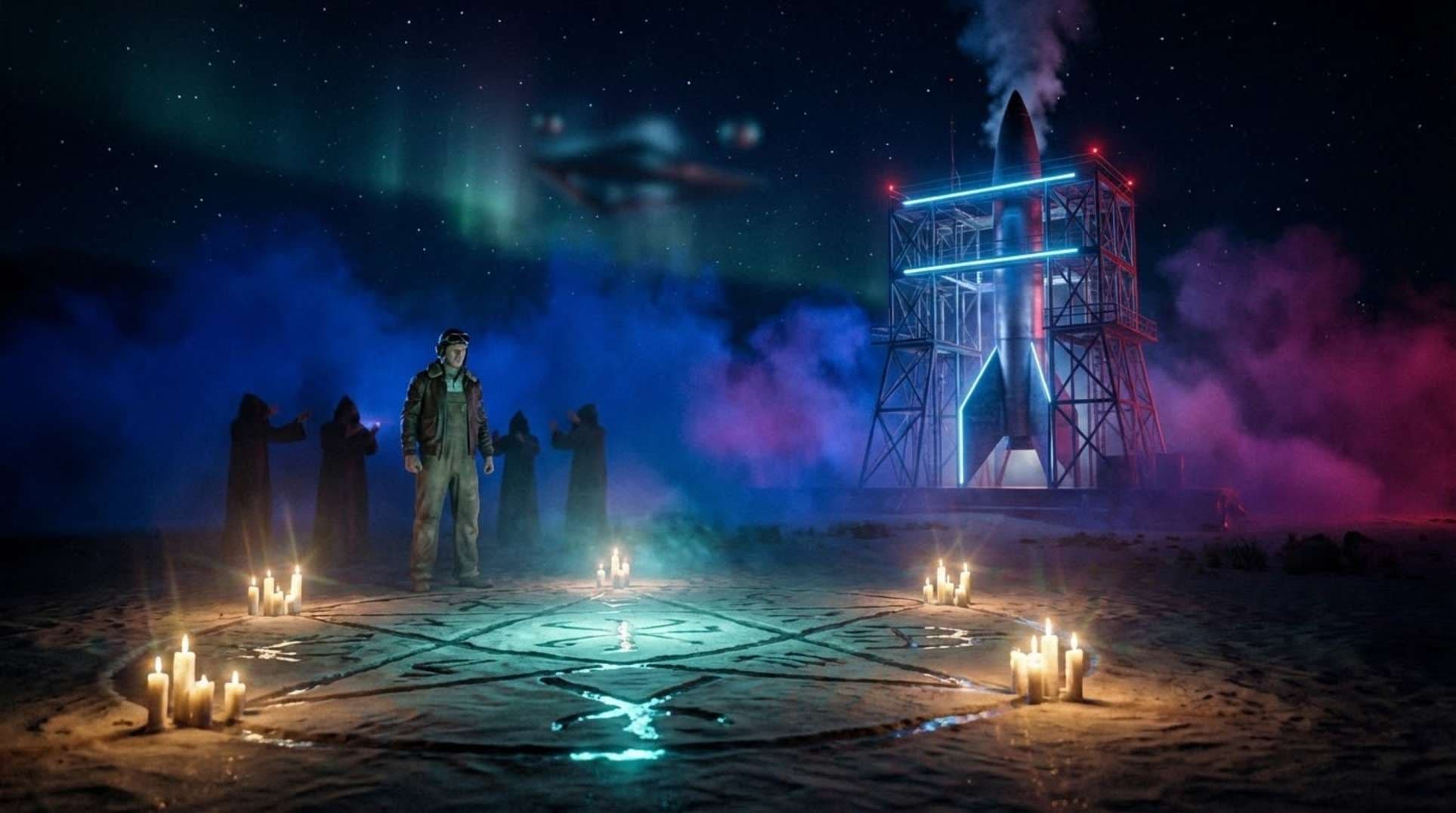Mammoth Cave National Park in Kentucky is a captivating natural wonder that has intrigued visitors for centuries. With its intricate tunnels and grand chambers, the cave offers a unique glimpse into the Earth’s geological history and a chance to explore its many mysteries and legends.
Key Takeaways
- Mammoth Cave is the longest cave system known to humankind.
- The cave features stunning geological formations and a unique ecosystem.
- It has a rich history, including Native American presence and paranormal legends.
- Visitors can explore various tours while adhering to safety guidelines.
The Geological Marvel
Mammoth Cave’s rock beds date back to the Mississippian period, approximately 320 to 360 million years ago. However, the cave’s passages began forming only about 10 to 15 million years ago during the Miocene epoch. This process involved water seeping into the limestone through small cracks, gradually creating the extensive cave system we see today.
- Key Geological Features:
- Stalactites and Stalagmites: Formed from minerals like calcium carbonate accumulating over time.
- The Rotunda: A vast chamber with an enormous ceiling.
- Gothic Avenue: Tall, narrow passageways resembling the spokes of a wheel.
- Frozen Niagara: A stunning formation that looks like a frozen waterfall.
- Crystal Lake: A shallow pool of turquoise water reflecting the cave’s beauty.
A Unique Ecosystem
Mammoth Cave is home to a fragile ecosystem with species unique to this environment. Visitors may encounter:
- Bats: Hanging from the ceilings, resting with their wings folded.
- Blind Cave Fish: Swimming in underground rivers, their white bodies glowing in the dark.
The cave’s delicate ecosystem requires visitors to take special precautions to avoid damage.
Historical Significance
The history of human presence in Mammoth Cave extends back at least 6,000 years. Artifacts and remains found in the cave provide evidence of Native American use, but the reasons for the lack of usage after the Archaic Period remain a mystery.
- Notable Historical Events:
- Discovery: Legend has it that Mammoth Cave was discovered in 1797 by John Houston or his brother Francis.
- Saltpeter Mining: During the War of 1812, the cave’s saltpeter reserves became crucial for gunpowder production.
- Tuberculosis Treatment: In the 1840s, Dr. John Croghan established a cave hospital for tuberculosis patients, although the experiment ultimately failed.
Paranormal Encounters
Mammoth Cave is often regarded as one of the most haunted natural wonders in the world, with over 150 documented paranormal events. Some eerie tales include:
- Ghostly Apparitions: Visitors have reported seeing unexplained figures and hearing strange noises.
- Floyd Collins: The celebrated cave explorer who tragically died in 1925; his ghost is said to roam the cave.
- Melissa’s Spirit: A vengeful spirit of a woman who left her lover stranded in the cave.
Visiting Mammoth Cave
For those planning a visit, Mammoth Cave National Park offers various tours catering to different interests and abilities. Here are some essential tips:
- Wear Sturdy Shoes: The cave floor can be slippery and uneven.
- Dress Appropriately: The cave maintains a constant temperature of 54°F.
- Follow Safety Guidelines: Stay on designated trails and avoid touching rock formations.
Conclusion
Mammoth Cave National Park is not just a geological wonder; it is a site rich in history, culture, and mystery. Whether you’re exploring its stunning formations or delving into its legends, a visit to Mammoth Cave promises an unforgettable experience. With ongoing preservation efforts, future generations will continue to marvel at this extraordinary subterranean realm.




